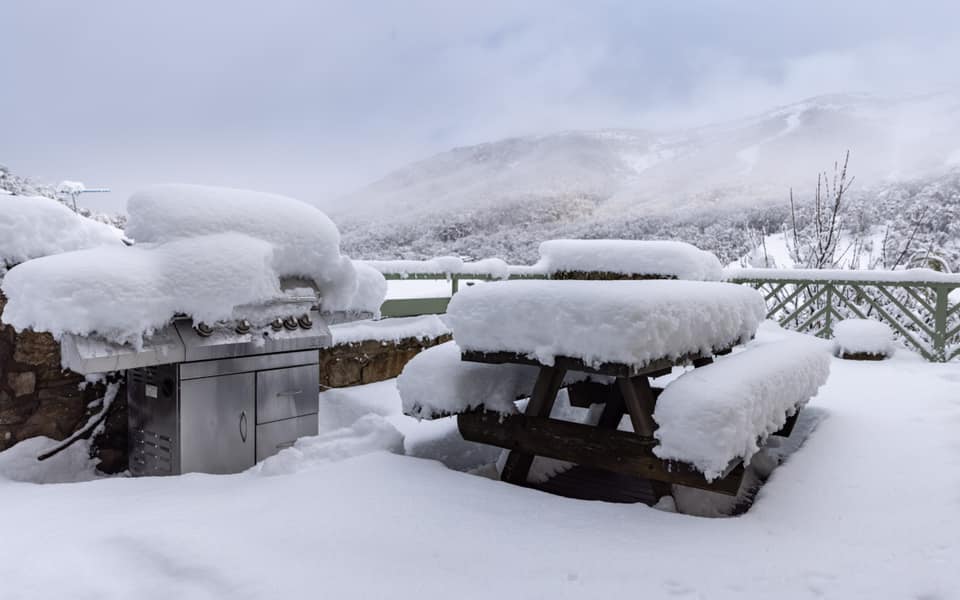Discover What Activities You Can Experience When Visiting Snow In Australia
Discover What Activities You Can Experience When Visiting Snow In Australia
Blog Article
Discover the Remarkable Results of Snow in Australia on Regional Ecological Communities
In spite of its online reputation for sun-soaked landscapes, Australia likewise flaunts areas buried by snow-- a sensation that profoundly influences the country's one-of-a-kind communities. The protecting properties of snowflakes protect plants and animals among the chilliest winters months, while the melting snow nurtures rivers and marine life. However, the actual marvel lies in exactly how these chilly problems form the nation's biodiversity and nutrient cycles. As we untangle this detailed relationship, we discover ourselves stepping on uncharted grounds in Australia's high nation.
The Unforeseen Regions of Snowfall in Australia
Although Australia is commonly connected with sandy beaches and sun-scorched landscapes, particular regions remarkably experience snowfall. The high country regions of New South Wales, Victoria, and Tasmania are specifically known for their winter months snow. The Snowy Mountains in NSW, for circumstances, receive plentiful seasonal snow, supplying a stark comparison to the nation's normal warm, arid climate. At the same time, the Victorian Alps and parts of Tasmania likewise see yearly snowfalls, changing the landscape right into a winter season heaven. These areas are not just anomalies yet indispensable parts of Australia's diverse climate system. The existence of snow in these areas significantly influences regional ecological communities, subsequently affecting the country's distinct biodiversity. The particular effect on Australia's unique plants will be gone over in the following section.

Exactly How Snow Impacts Australia's Distinct Vegetation
These plants have actually developed to survive in severe conditions, with snow serving as a safety covering from freezing temperature levels and harsh winds. The snow also adds to the wetness content of the dirt, giving essential hydration for plant life throughout the completely dry summertime months. In essence, the snow affects the timing of blooming and seed dispersal, the growth rates, and the survival of many plant species, showcasing the intricate interaction between environment and vegetation in Australia.

The Adjustments of Australian Fauna to Snowfall
Simply as Australia's plants has actually adapted to the wintery conditions, the regional fauna as well, exhibit impressive adaptations to the snowfall. It makes use of the snow as click insulation, hibernating in rock gaps beneath the snow to remain cozy. The Snow Skink, a types of reptile, alters its colour to white throughout winter season, providing camouflage against killers.
The Role of Snow fit Local Environments
Fit the regional ecosystems, the function of snow in Australia is both multilayered and profound. It affects the circulation of flora and animals, greatly defining the biodiversity of sub-alpine and towering areas. Snow supplies a crucial water resource, feeding rivers and reservoirs as it melts, therefore sustaining a variety of water life types. In addition, snow serves as an insulator, securing ground-dwelling microorganisms from extreme cold. Similarly, it plays a substantial function in soil development and nutrient biking. The regular cold and thawing of dirt generated by snowfall cultivates the break down of rocks, improving dirt fertility. Subsequently, the presence of snow shapes the greenery patterns, animal habits, and general sustainability of Australia's one-of-a-kind ecosystems. Does It Snow In Australia.

The Future of Snowfall in Australia: Predictions and Ramifications

Offered the essential duty snow plays fit regional ecological communities, the future of snowfall in Australia is drawing enhancing focus from scientists and conservationists. Existing environment models anticipate a substantial decrease in snowfall because of international warming, with possibly profound impacts on regional ecological communities. Much less snow could lead to minimized water schedule in towering regions, adversely affecting wild animals environments and plant. Moreover, it could alter the timing of seasonal modifications, interrupting the life process of several indigenous varieties. The tourism home industry, heavily reliant on the wintertime snow period, might additionally encounter substantial obstacles. Recognizing these forecasts and their ramifications is vital to establish efficient conservation strategies, guaranteeing the preservation of Australia's one-of-a-kind biodiversity and the sustainability of its economy.
Final Thought
The role of snow in Australia's environments is pivotal yet commonly overlooked. Thus, the snow in Australia is a lot more than an all-natural phenomenon; it's an important player click resources in the country's environmental narrative.
In spite of its online reputation for sun-soaked landscapes, Australia additionally flaunts regions blanketed by snow-- a sensation that greatly affects the nation's distinct ecological communities. It uses the snow as insulation, hibernating in rock crevices underneath the snow to remain cozy - Snow In Australia.In shaping the local environments, the duty of snow in Australia is both multilayered and extensive. The presence of snow shapes the greenery patterns, animal habits, and general sustainability of Australia's special ecological communities
Given the crucial role snow plays in shaping regional communities, the future of snowfall in Australia is drawing enhancing interest from scientists and ecologists.
Report this page